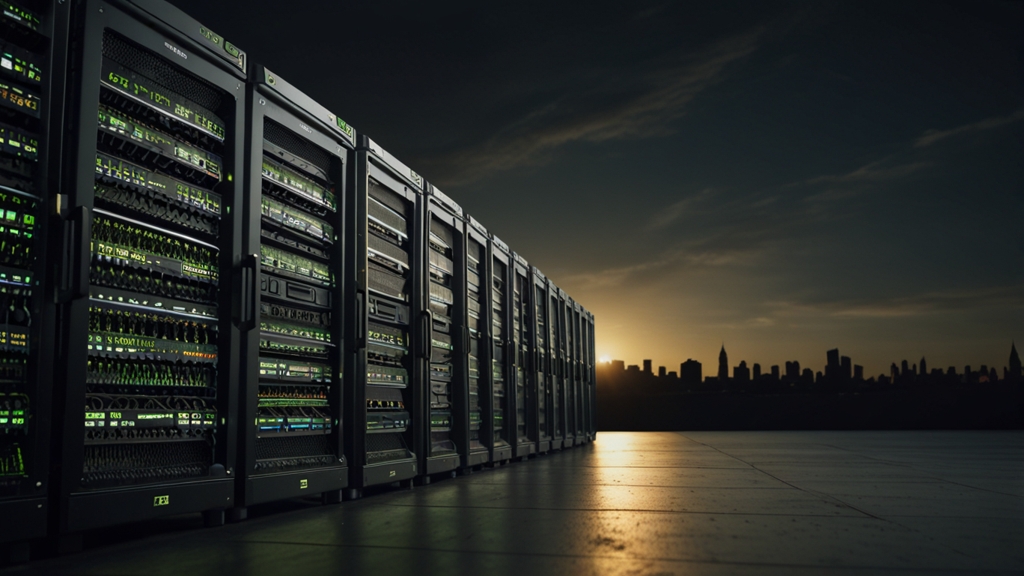The Hidden Dangers of Public Wi-Fi: What You Need to Know
Public Wi-Fi has become an essential amenity in cafes, airports, hotels, and other public spaces. It offers the convenience of staying connected wherever you go, but this ease of access comes with significant risks. Understanding these risks is crucial to keeping your personal information safe while enjoying the benefits of public Wi-Fi.
Man-in-the-Middle Attacks
One of the most common threats associated with public Wi-Fi is the Man-in-the-Middle (MitM) attack. This occurs when a malicious actor intercepts communication between your device and the Wi-Fi router. The attacker can then steal sensitive information such as login credentials, credit card numbers, and other personal data.
Misconception: "Public Wi-Fi is secure as long as it's password-protected."
Even password-protected networks can be compromised if the attacker is on the same network. The vulnerabilities exist regardless of whether a network is open or secured with a simple password.
Evil Twin Hotspots
Evil Twin Hotspots are rogue networks set up by cybercriminals to mimic legitimate public Wi-Fi networks. When users unwittingly connect to these malicious networks, they expose themselves to various attacks, including data theft and malware infection.
Reality Check: "Just because a Wi-Fi network has a familiar name doesn't mean it's safe."
Always verify the authenticity of the network by confirming with the staff or using a virtual private network (VPN) to add an extra layer of security.
Unencrypted Networks
Many public Wi-Fi networks do not use encryption, meaning the data transmitted between your device and the Wi-Fi router is sent in plain text. This lack of encryption makes it easier for attackers to intercept and read your data.
Encryption is essential for protecting your data on any network, public or private. When connecting to public Wi-Fi, look for networks that use WPA3 encryption if possible, as it's the most secure standard currently available.
Malware Distribution
Public Wi-Fi networks can also be used to distribute malware to connected devices. Cybercriminals can exploit network vulnerabilities to inject malware, ransomware, or spyware into your device, leading to a compromised system and potential data loss.
User Tip: "Always keep your antivirus software up to date to help protect against malware attacks."
Your antivirus software can act as a first line of defense against malware, but staying vigilant and avoiding suspicious links or downloads while on public Wi-Fi is equally important.
Network Sniffing
Network sniffing involves capturing and analyzing the data packets transmitted over a network. Cybercriminals use this technique to gather sensitive information such as usernames, passwords, and other private data.
To mitigate the risks of network sniffing, consider using a VPN to encrypt your internet connection, making it difficult for attackers to capture and decipher your data.
Conclusion
While public Wi-Fi offers undeniable convenience, it comes with a host of hidden dangers that can compromise your personal information and security. Being aware of these risks and taking proactive measures, such as using a VPN, keeping your software up-to-date, and verifying network authenticity, can help you stay safe while enjoying the benefits of public Wi-Fi.
The next time you connect to a public Wi-Fi network, remember these potential dangers and take the necessary precautions to protect yourself. Awareness and vigilance are your best defenses in the ever-evolving landscape of cyber threats.









